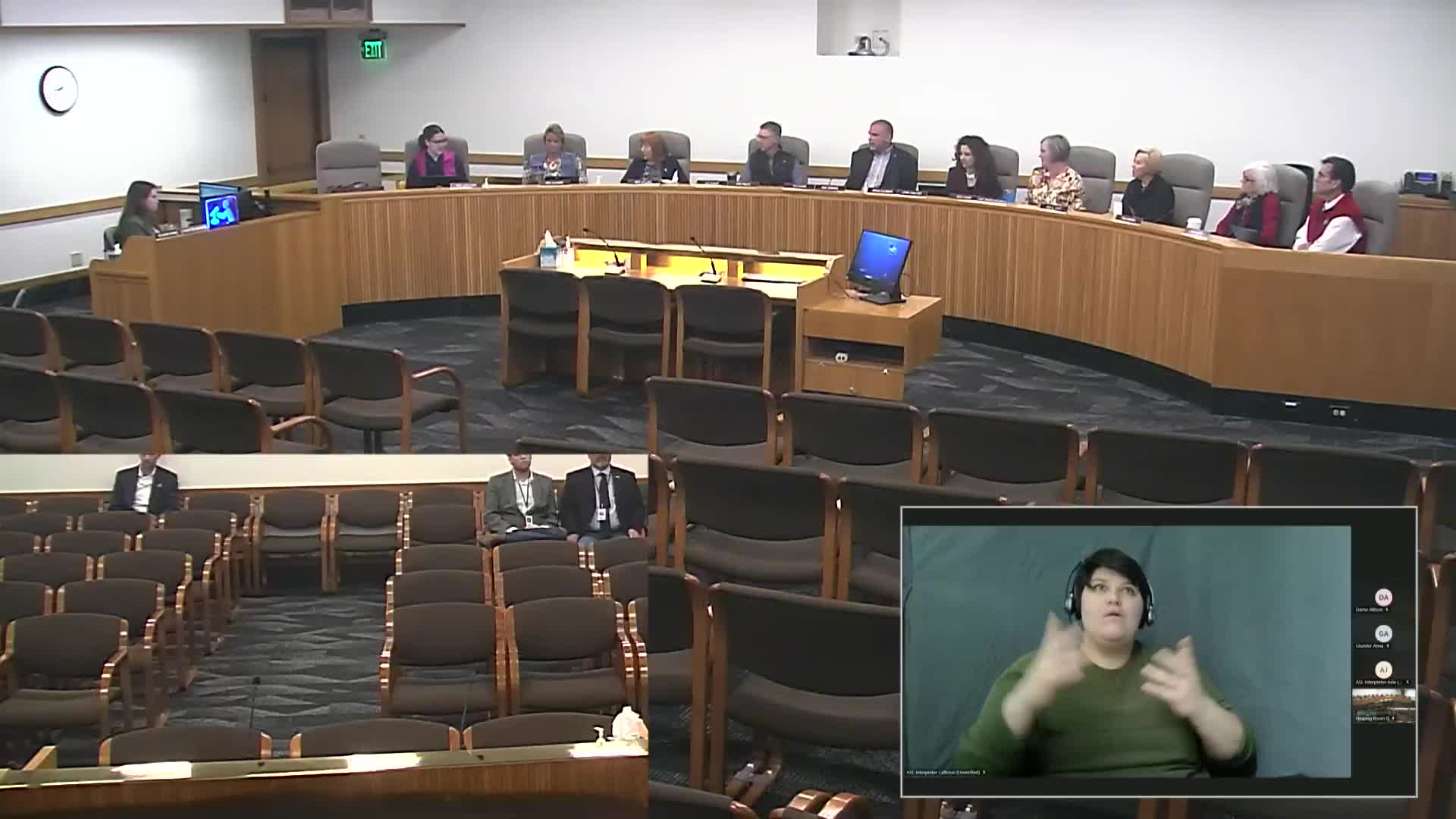Oregon committee advances wolf coexistence bill to support ranchers and wildlife
May 21, 2025 | Agriculture, Land Use, Natural Resources, and Water, House of Representatives, Committees, Legislative, Oregon
This article was created by AI summarizing key points discussed. AI makes mistakes, so for full details and context, please refer to the video of the full meeting. Please report any errors so we can fix them. Report an error »

During a recent meeting of the Oregon House Committee on Agriculture, Land Use, Natural Resources, and Water, legislators engaged in a passionate discussion about the complexities surrounding the state's wolf management program. The dialogue highlighted the need for a balanced approach that respects both the wolf population and the livelihoods of ranchers affected by livestock predation.
One key point raised was the importance of recognizing the efforts of ranchers who adopt nonlethal methods to protect their livestock. Legislators noted that a significant portion of funding—between 60% to 80%—is currently allocated to nonlethal strategies, demonstrating a commitment to coexistence with the wolf population. This acknowledgment is crucial as it reflects the hard work ranchers put into safeguarding their animals while also respecting wildlife conservation efforts.
Several committee members expressed their gratitude for the extensive work that has gone into developing the wolf management bill over the years. They emphasized the need for compensation for ranchers who have suffered losses, particularly those who have gone above and beyond in their efforts to prevent conflicts with wolves. This sentiment was echoed by multiple legislators, who underscored the emotional toll that livestock losses can take on farming families, including increased stress and mental health challenges.
The discussion also touched on the broader implications of the bill, with some members highlighting its potential to bridge the gap between rural and urban communities in Oregon. By fostering a cooperative approach to wildlife management, the bill aims to create a framework that benefits both ranchers and conservationists.
As the committee moves forward, there is a shared hope that the legislation will pave the way for effective coexistence strategies that honor the needs of all stakeholders involved. The commitment to ongoing dialogue and collaboration was a recurring theme, signaling a collective desire to find solutions that work for both the agricultural community and the state's wildlife.
One key point raised was the importance of recognizing the efforts of ranchers who adopt nonlethal methods to protect their livestock. Legislators noted that a significant portion of funding—between 60% to 80%—is currently allocated to nonlethal strategies, demonstrating a commitment to coexistence with the wolf population. This acknowledgment is crucial as it reflects the hard work ranchers put into safeguarding their animals while also respecting wildlife conservation efforts.
Several committee members expressed their gratitude for the extensive work that has gone into developing the wolf management bill over the years. They emphasized the need for compensation for ranchers who have suffered losses, particularly those who have gone above and beyond in their efforts to prevent conflicts with wolves. This sentiment was echoed by multiple legislators, who underscored the emotional toll that livestock losses can take on farming families, including increased stress and mental health challenges.
The discussion also touched on the broader implications of the bill, with some members highlighting its potential to bridge the gap between rural and urban communities in Oregon. By fostering a cooperative approach to wildlife management, the bill aims to create a framework that benefits both ranchers and conservationists.
As the committee moves forward, there is a shared hope that the legislation will pave the way for effective coexistence strategies that honor the needs of all stakeholders involved. The commitment to ongoing dialogue and collaboration was a recurring theme, signaling a collective desire to find solutions that work for both the agricultural community and the state's wildlife.
View full meeting
This article is based on a recent meeting—watch the full video and explore the complete transcript for deeper insights into the discussion.
View full meeting
